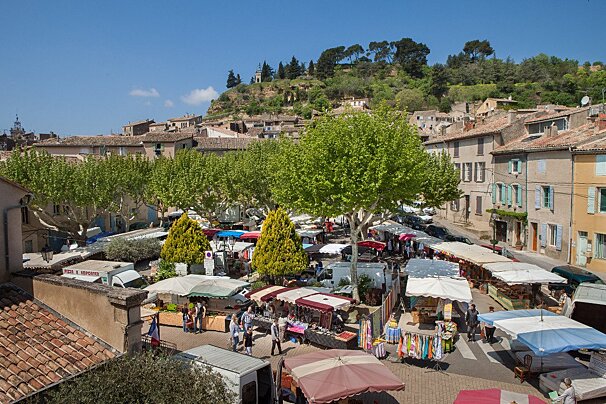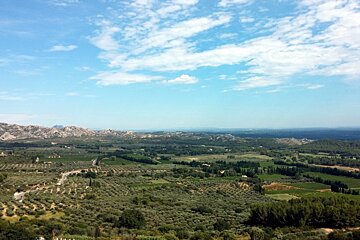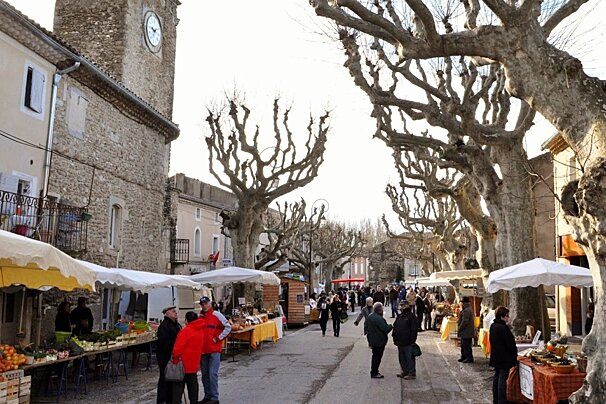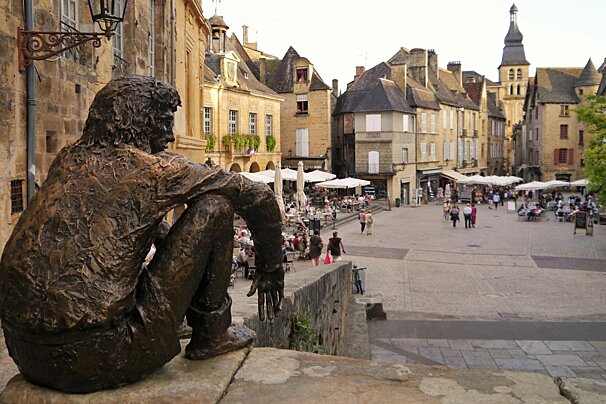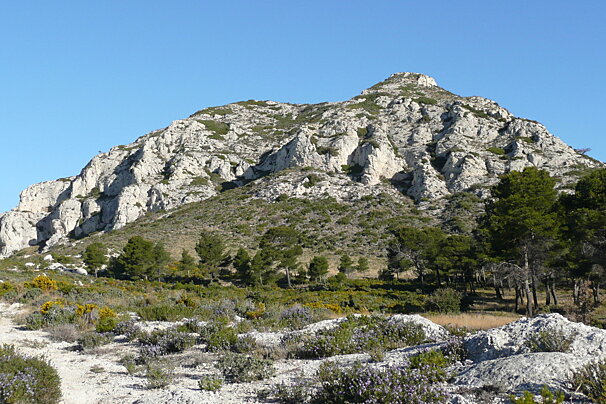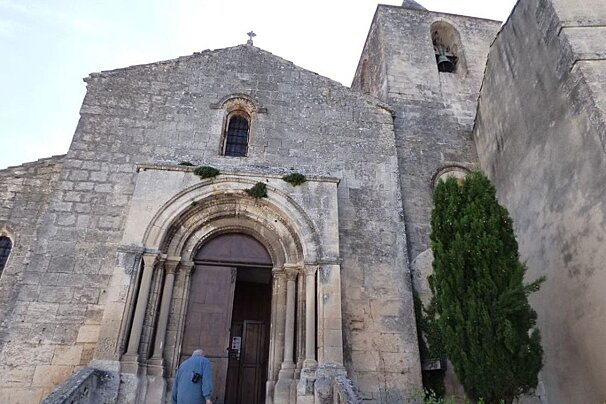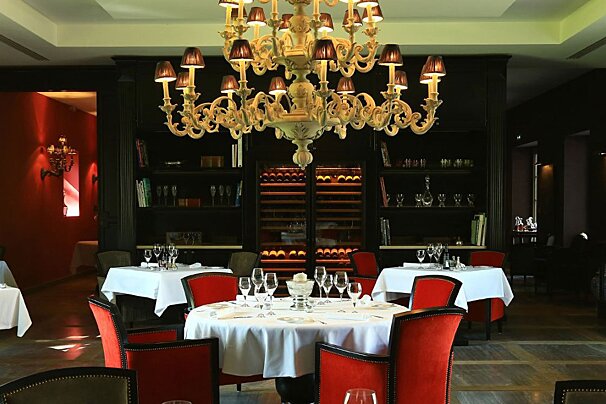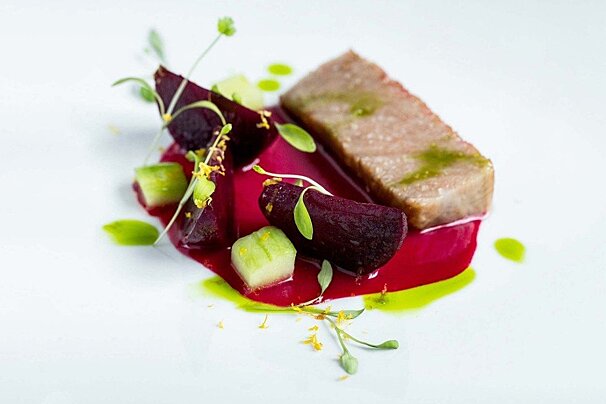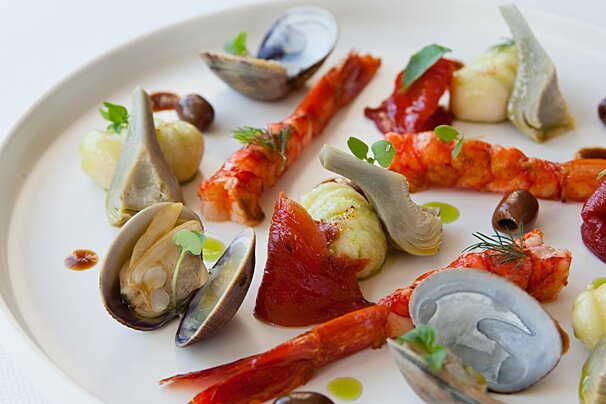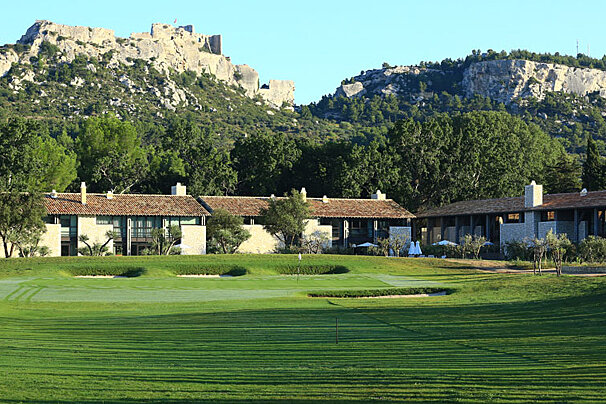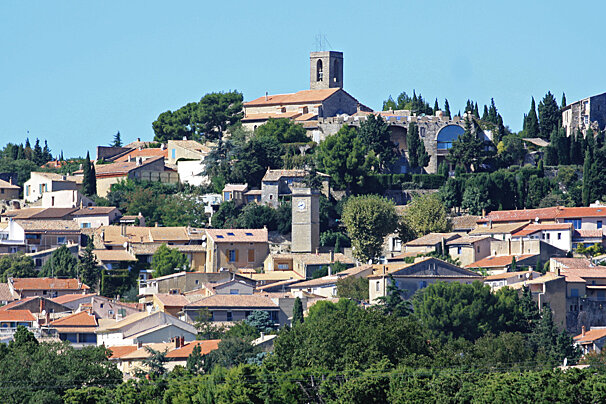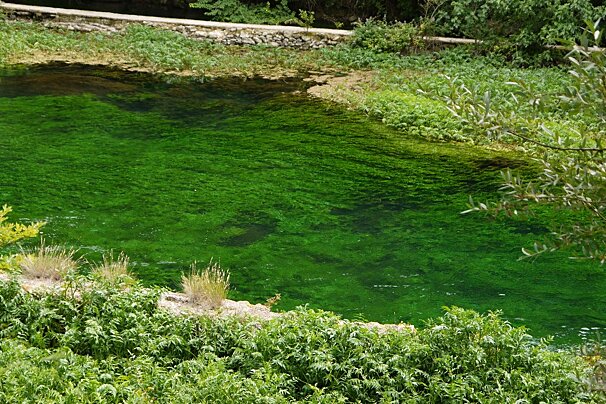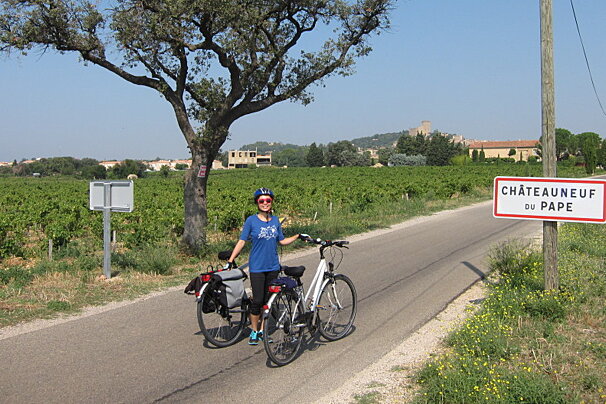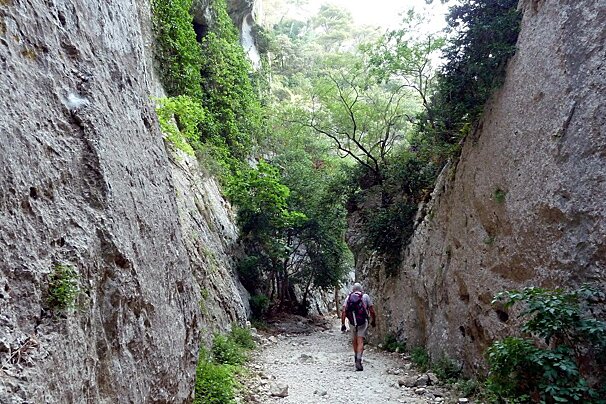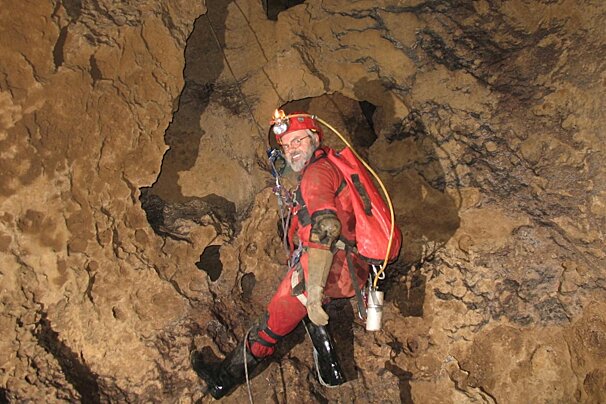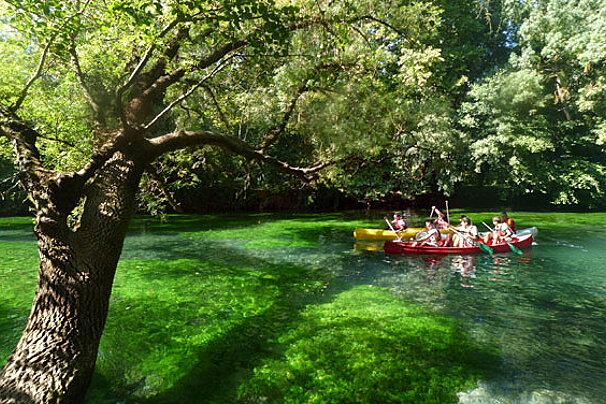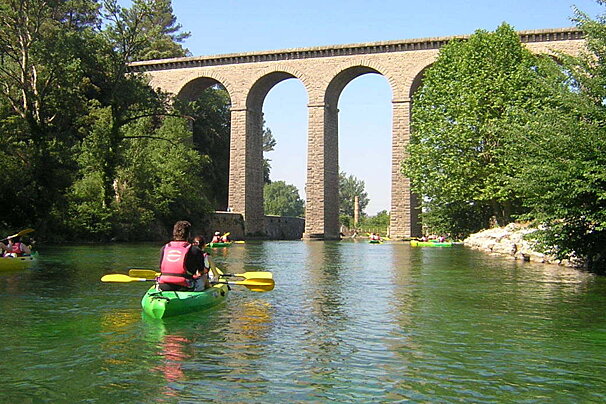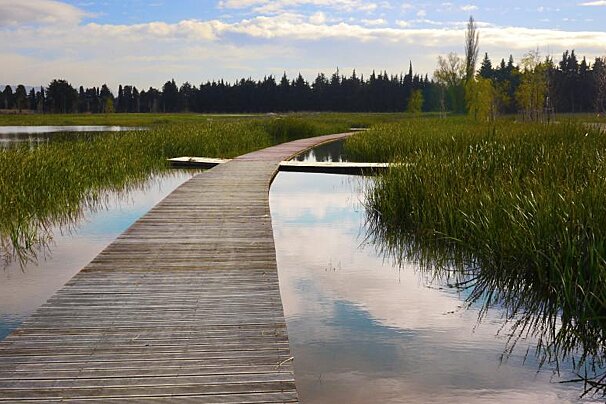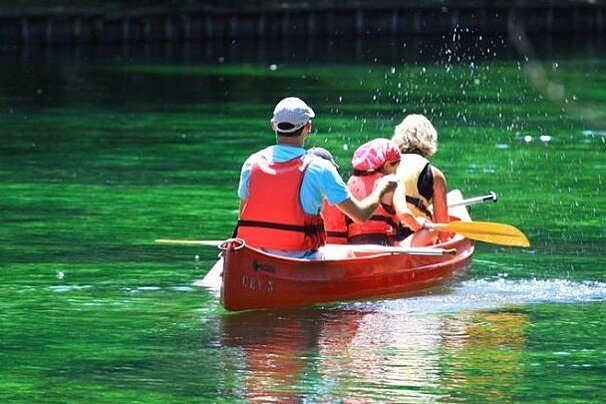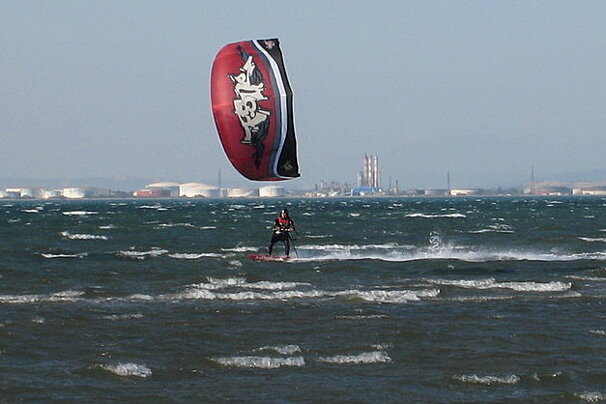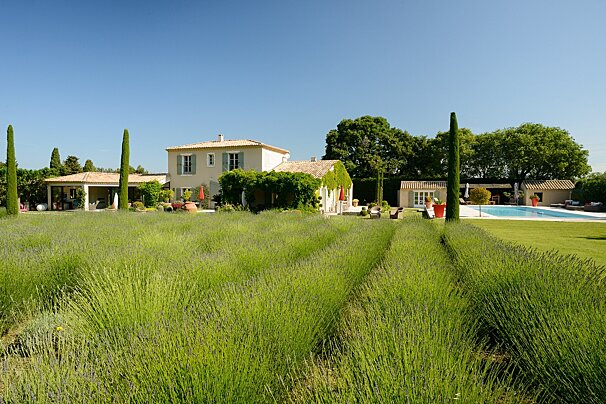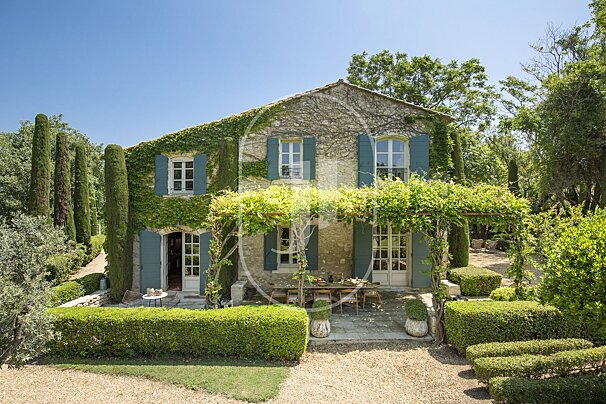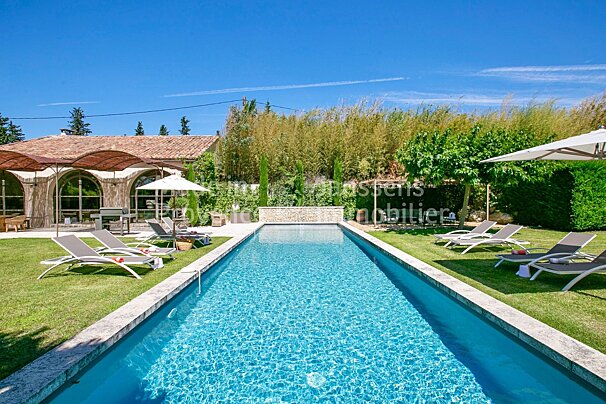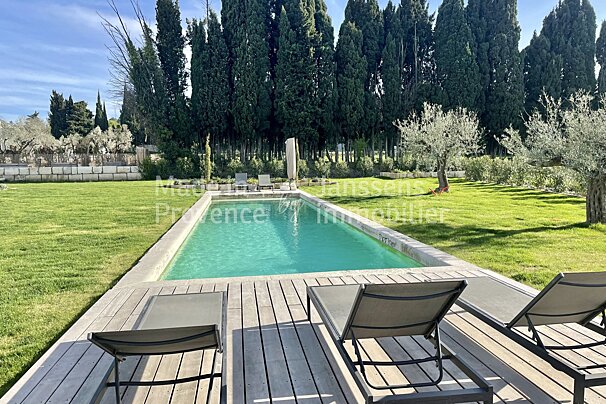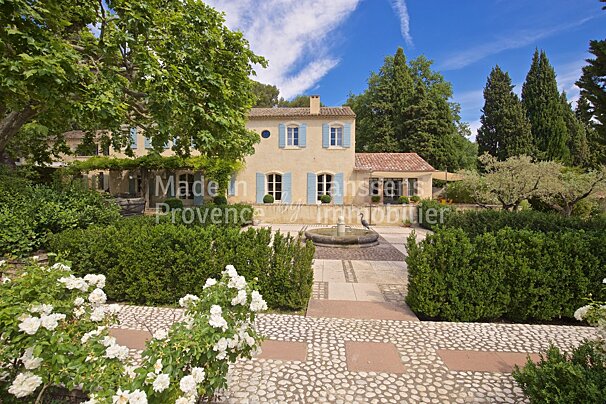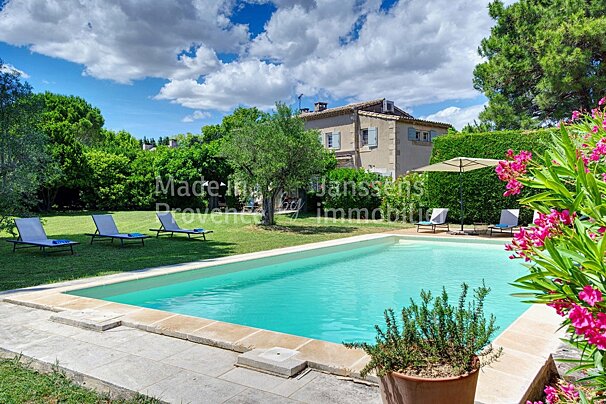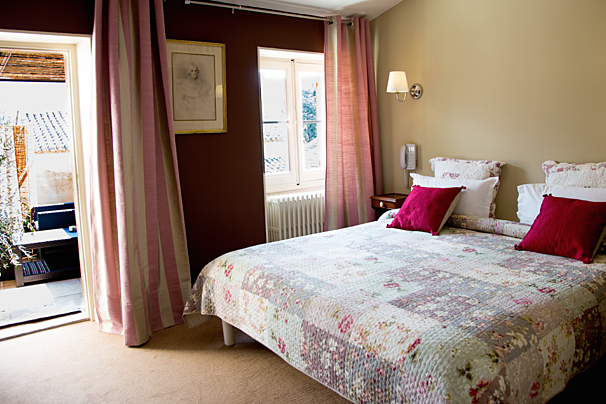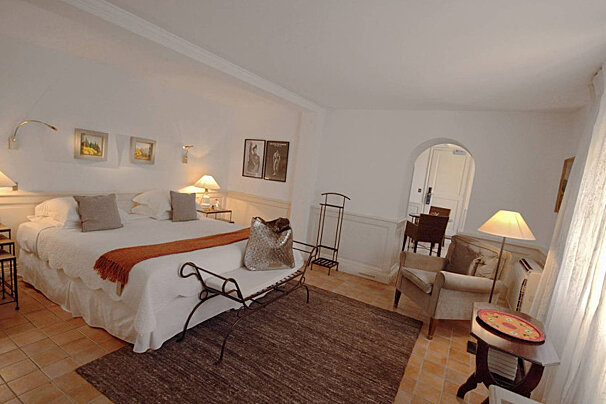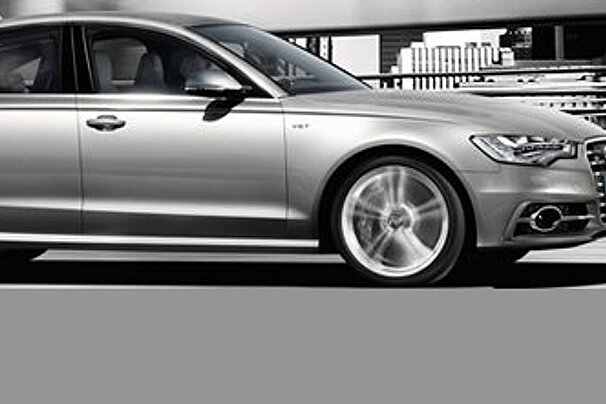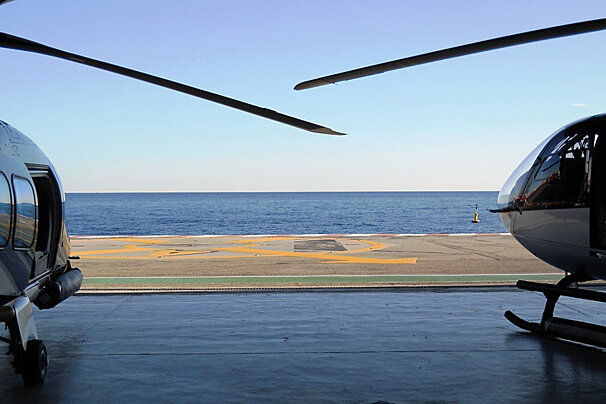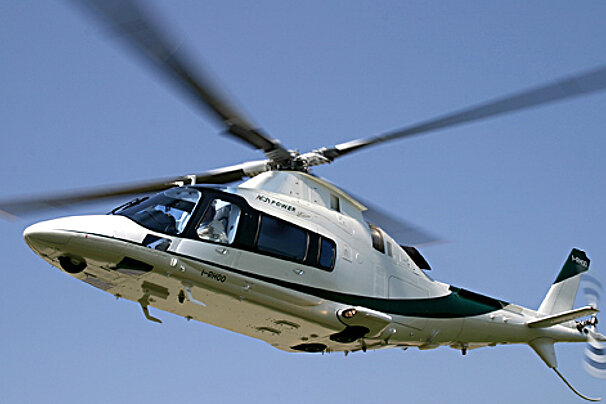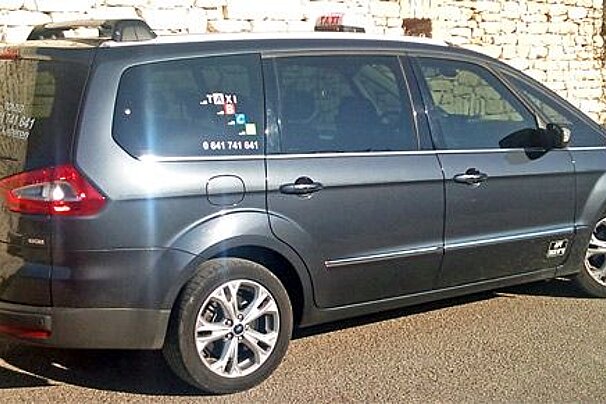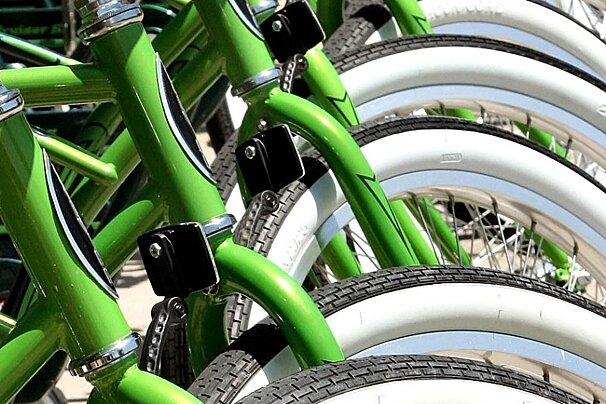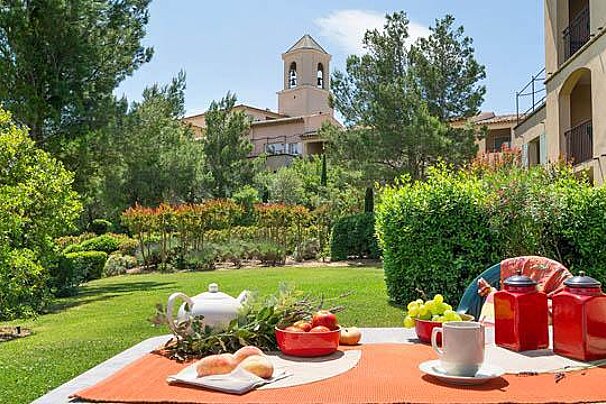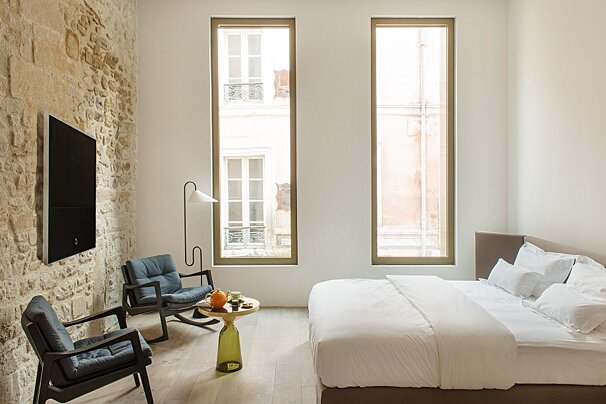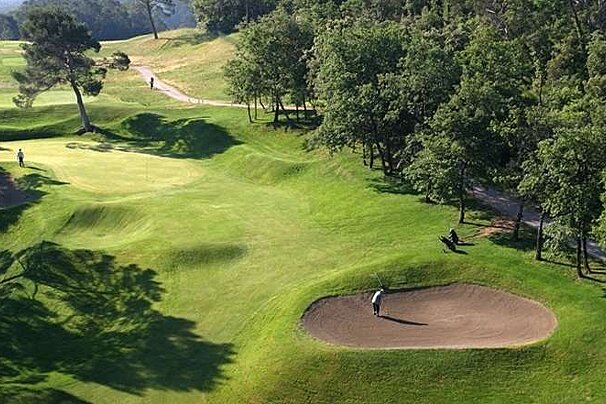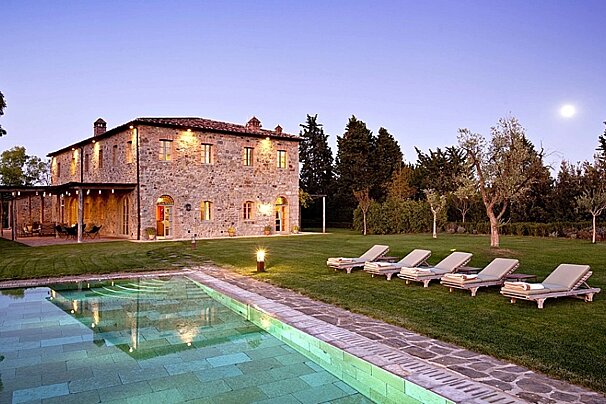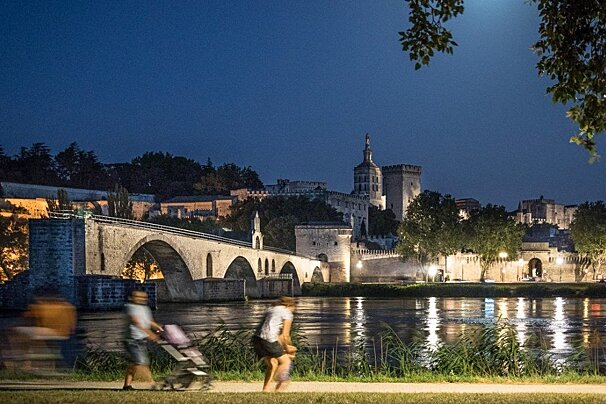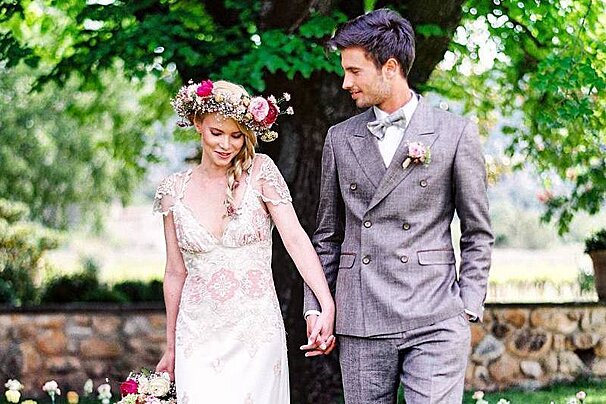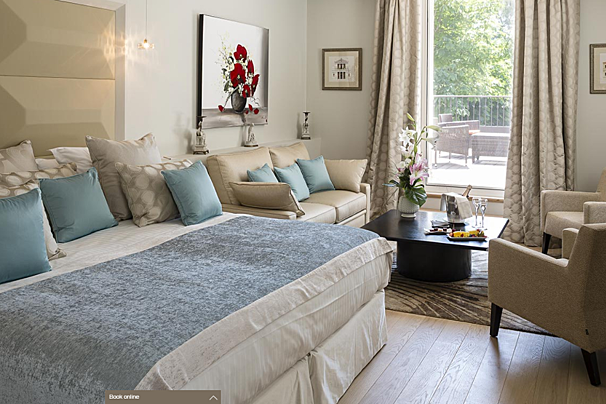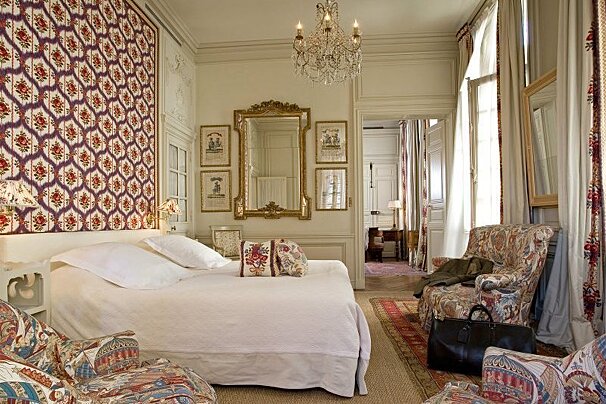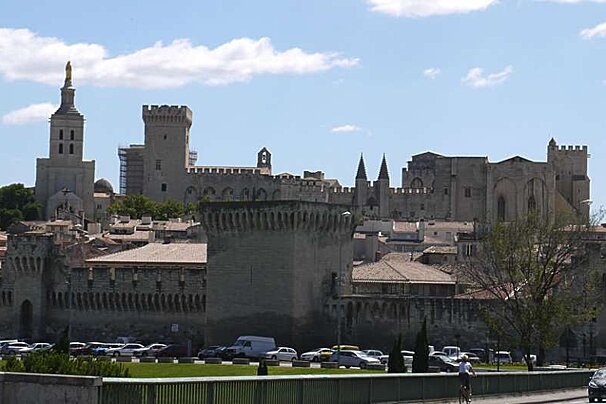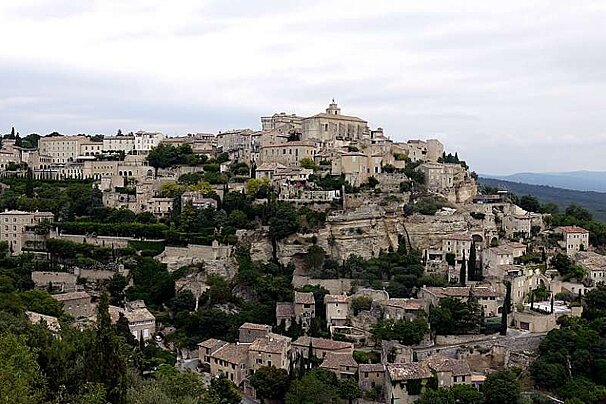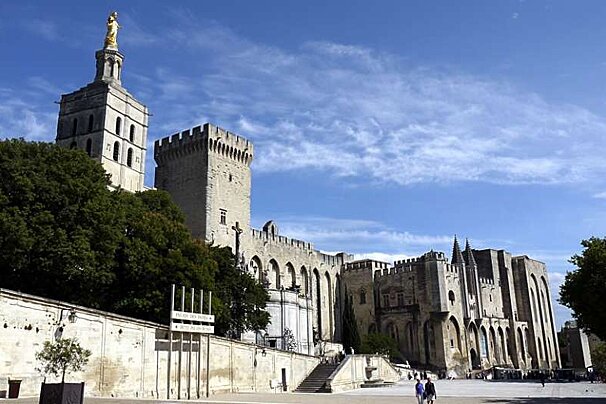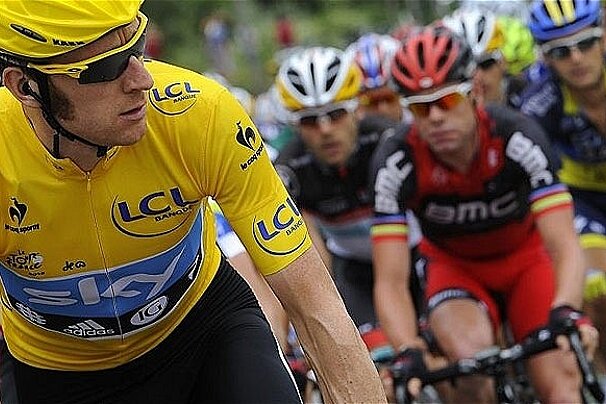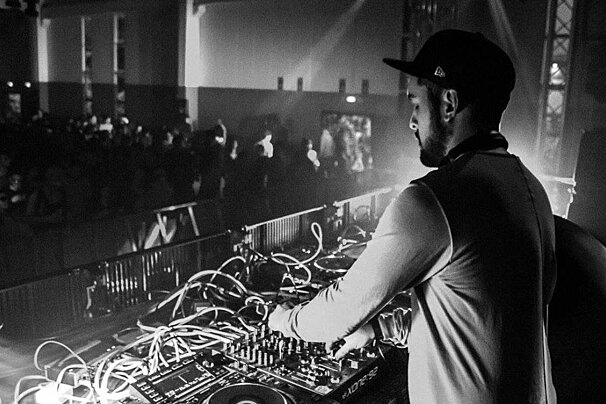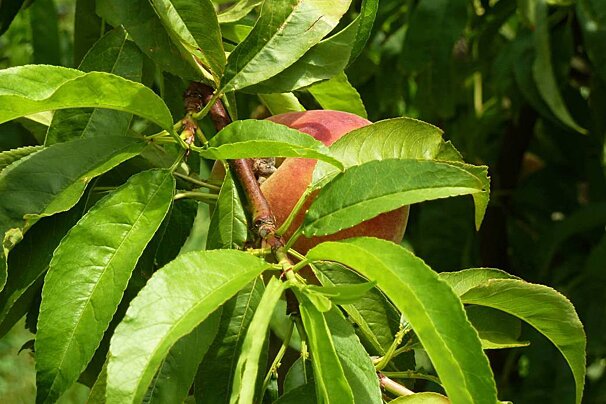The main attraction here is the castle, and you can read more about it on our page Château des Baux. It really is worth the entrance fee - if you're bringing the family, have a look at the château's website to find out their calendar of events and plan your trip accordingly. If you're not so bothered about participating in medieval shows and catapult demonstrations, try to visit outside July and August so that you have space to breathe and to explore the ruins.
There are two churches in the village. Notre Dame du Chateau (12th - 16th century) is within the castle grounds and the old 12th century priory, St Vincents was built into the rocks on the southern side. It features a ribbed barrel vault in the nave, modern stained glass windows (by Max Ingrand), and a funeral chapel with Gothic vaulting.
On your way up to the castle, you'll pass an old isolated stone window façade. It's all that is left of a 16th century mansion, the Manville Residence. It bears an inscription 'Post Tenebras Lux 1571', a Calvinist saying meaning 'After the darkness, light', and is a reminder of the Huguenot influence of that time. Other mansions from the 16th and 17th centuries have been turned into art galleries - the Musée Yves Brayer features paintings of Provençal landscapes by the said artist, and the Musée des Santons holds a large collection of Christmas figurines. The town hall can be found in one of the most impressive 16th century Renaissance houses, the Hotel de Manville.
On the outskirts of Les Baux is the unique cultural space of Les Carrieres de Lumieres. A disused quarry, it is now used to show audio-visual art installations, featuring artists such as Monet, Chagall, Renoir and Van Gogh. Check their website to find out the latest exhibitions.
The area round Les Baux de Provence is renowned for its olives and olive oils, and vineyards, and there are several who offer guided visits and tastings - check at the tourist office for details.
